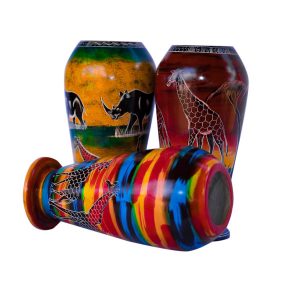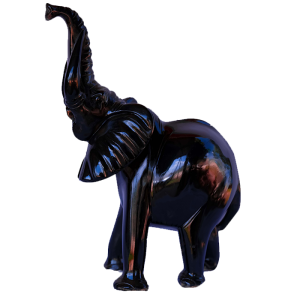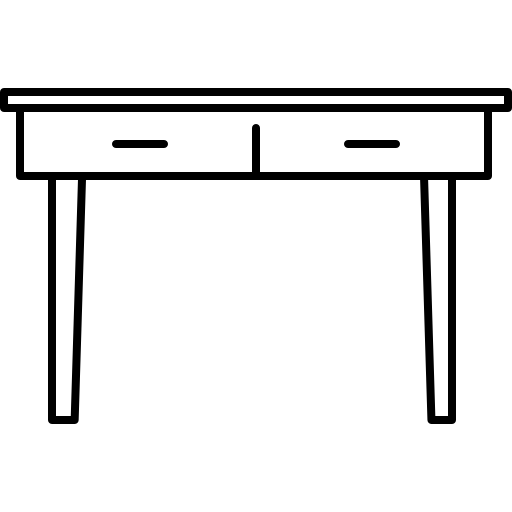According to the County Government of Kisii, the soapstone industry provides over seven thousand people with income, thus boosting their livelihoods. The industry has managed to survive and adapt to the ever changing demand, thanks to the uniqueness of soapstone products which capture both the local and international markets.

The transformation of the Kisii soapstone into decorative carvings, require a number of processes that involve the expertise of the artisans who puts in their time. Below are the transformation processes.
The mining process
The soapstone rock is sourced from quarries in Tabaka Hills, Kisii County, where it is mined physically using hoes, shovels, pangas, and chisels. After the stone has been extracted from the quarry, the miners sort them out and select the high quality ones that will be used to make the carvings.
Before the extracted stone are transported to the workshop, they are reduced to manageable sizes with machetes, handsaws and axes. In their desirable shapes, they are then brought to the workshops which are not far from quarries. The mining process is labour intensive which requires lots of man power.
The carving process
Once the soapstone blocks are in the workshop, the transformation process kicks off. The artisans start fashioning them into desirable works of art or decorative items. They use simple tools like small knives, chisels, files, during the carving process to shape out the stone. To make their work easier when carving, the craftsmen immerse the soapstone into water.
These artisans have years of experience having learnt the skill from their grandfathers and fathers, as it is passed down generations. The mining and carving process is mostly done by men.
Sanding and polishing process
At this stage, women come on board to help with the finishing process. The carved items from the soapstone are washed to remove the
To give the works of art a powerful final look, the soapstone is treated/cured using mineral oils and then polished with oils to give it a shiny look.
Dyeing, painting, and decorating process
Depending on the details that the artisan intends to have on the piece of art, dyes and paints are used to spruce them up into more beautiful colours. After colouring the carvings, the artisans can decorate them with unique designs.
The decorated pieces are displayed in the artisans’ workshops ready for sell to both locals and tourists who frequent the place to buy them as mementos, gifts, artifacts.









